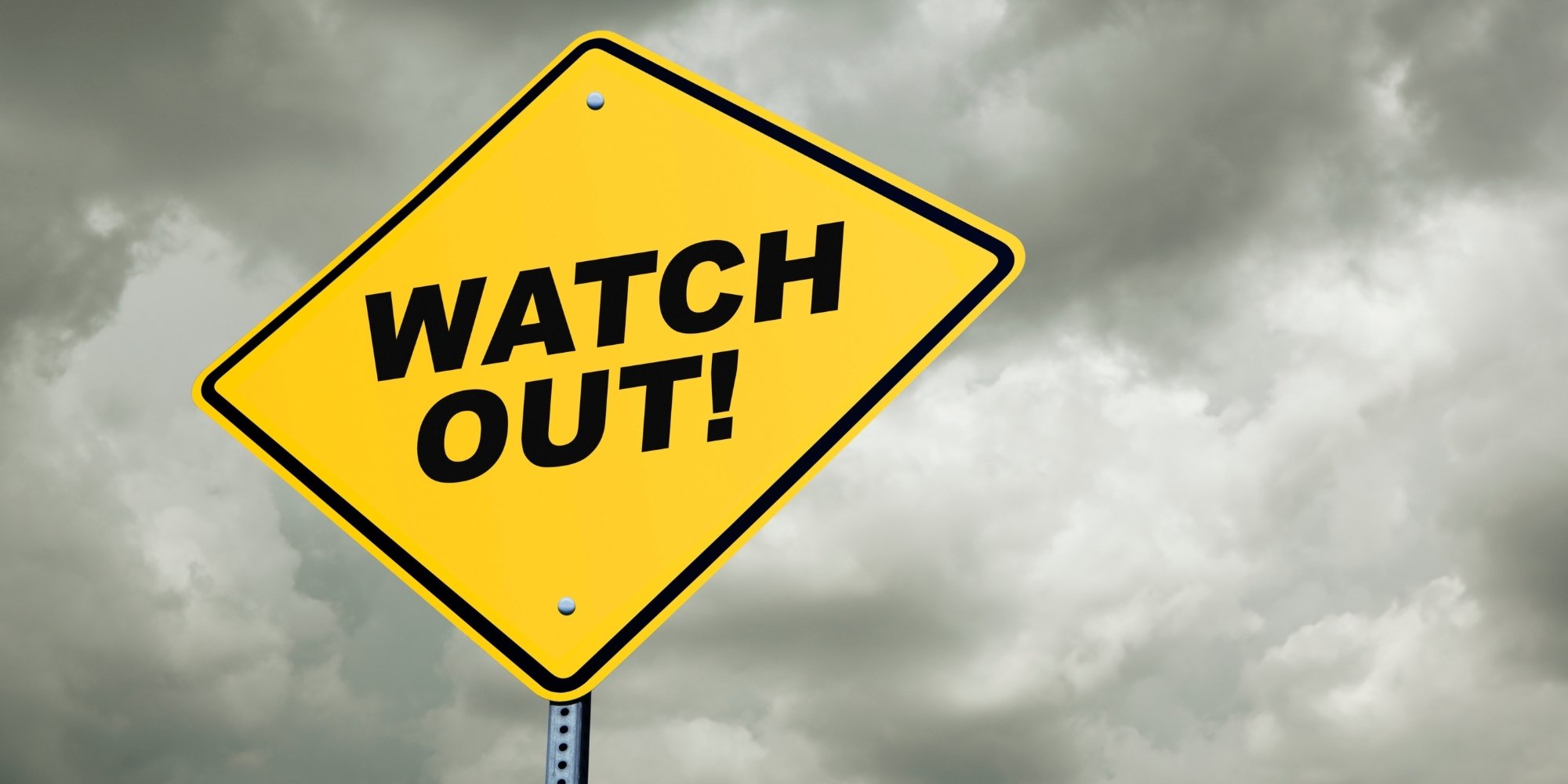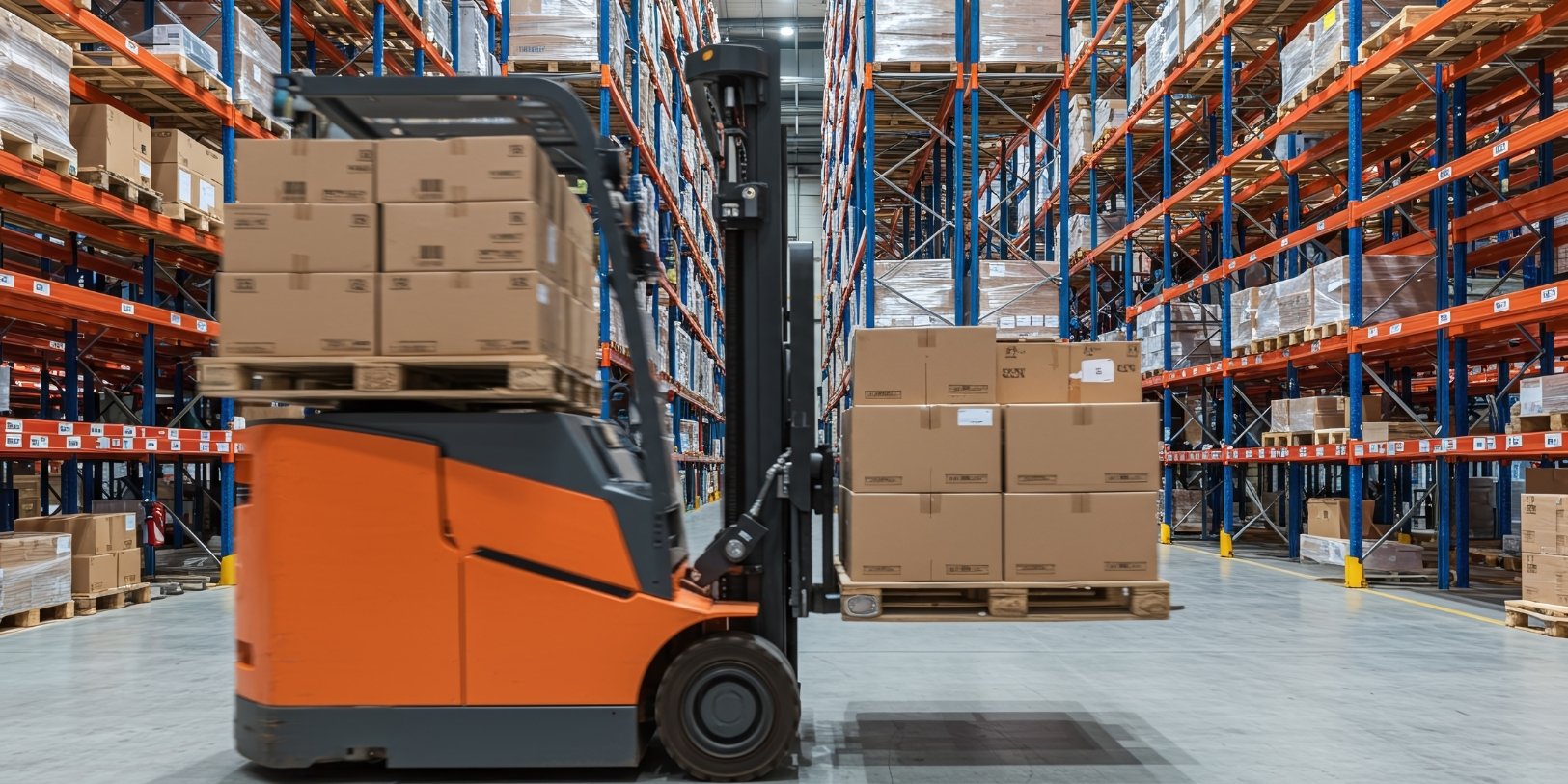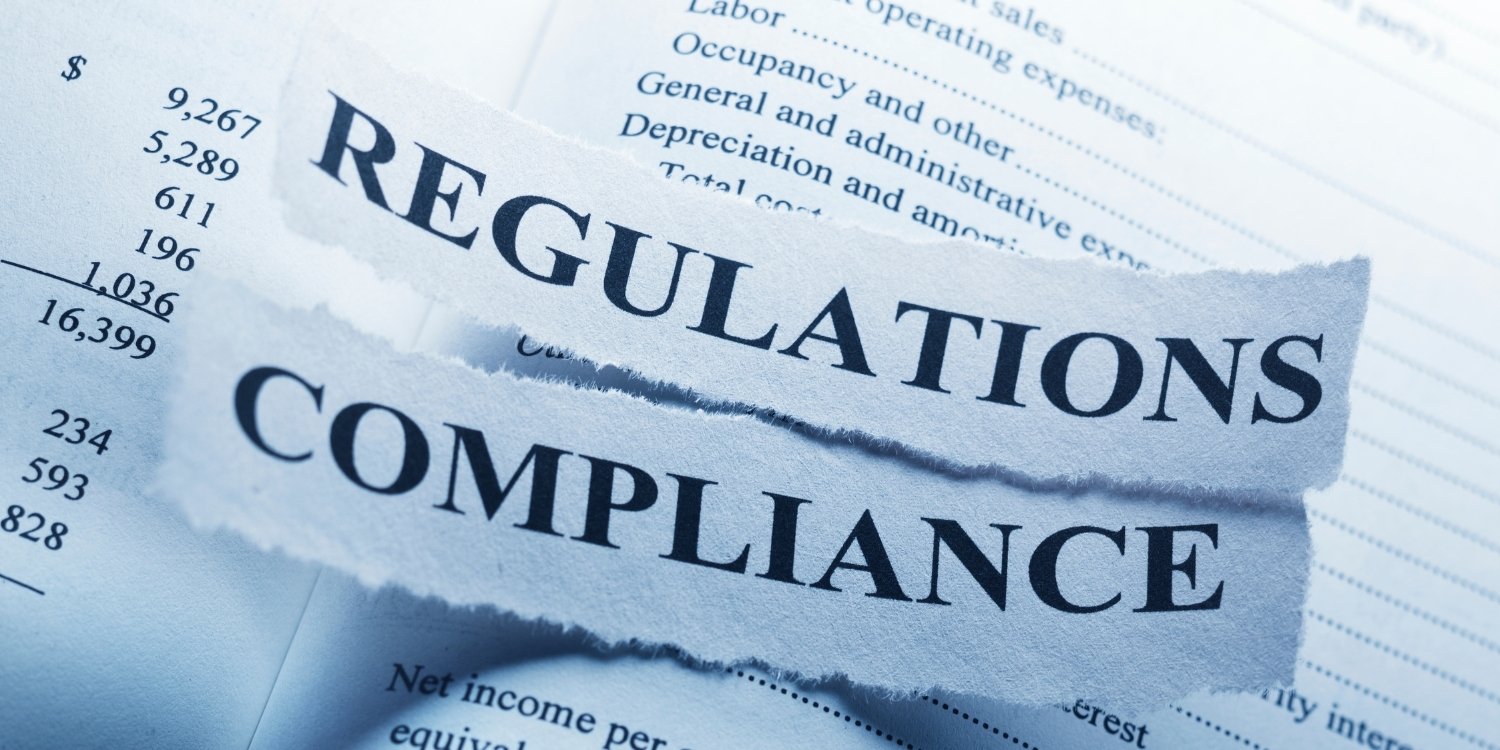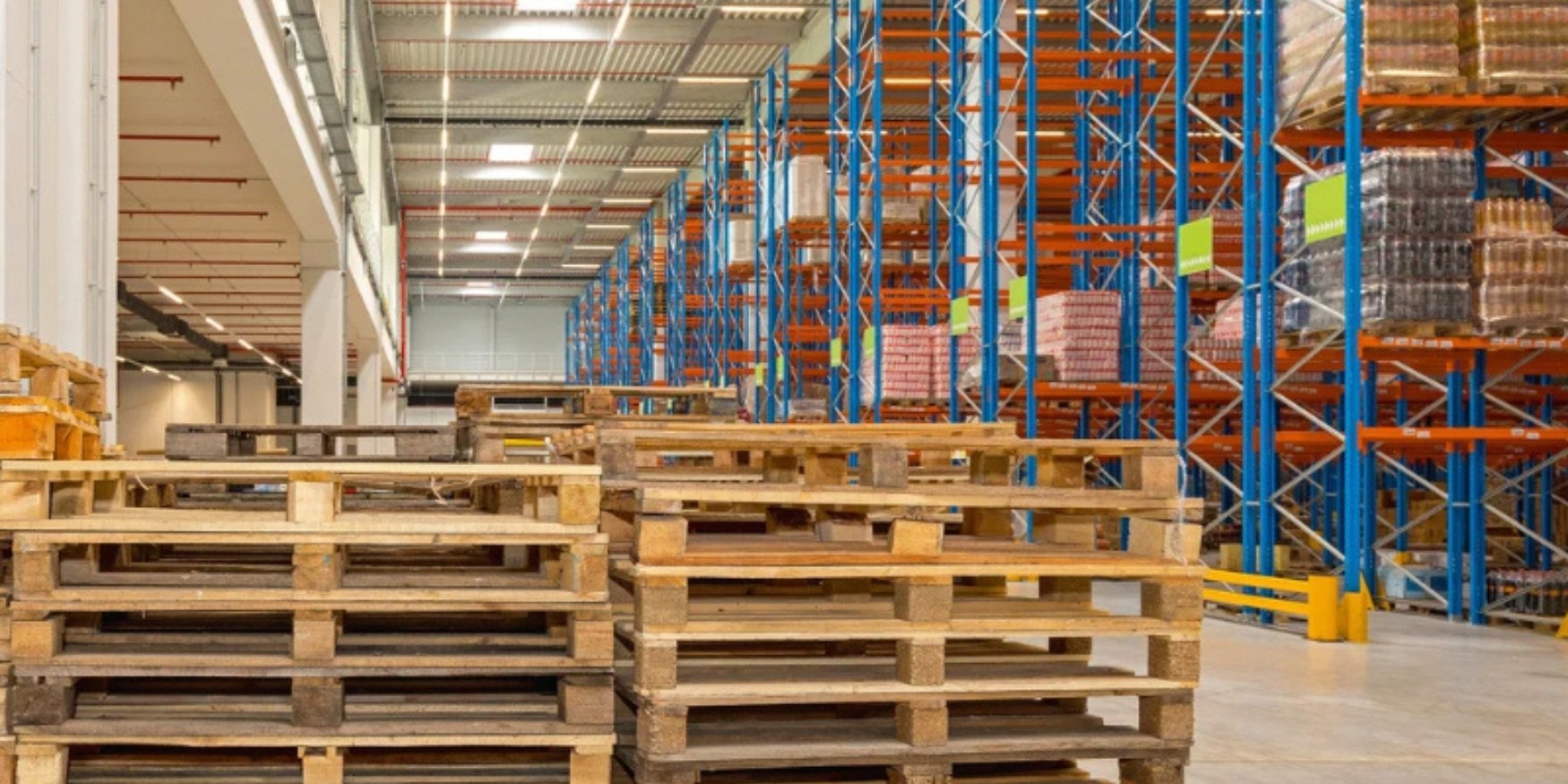Watch out for these extra charges on your freight bill

Extra charges on your freight bill is a frustrating experience that creates uncertainty. When moving goods, shippers typically calculate transportation costs based on common factors such as mode of transport, timing, weight, volume, and distance traveled.
Key differences between duty drawbacks and duty refunds for importers

Some confuse duty drawbacks and duty refunds by thinking that they're essentially the same thing. However, both of these customs processes function differently and serve different purposes.
Mitigating container shortages and rising shipping prices for ocean imports

Global shipping continues to face disruptions, with importers feeling the effects of volatile transportation costs and changing delivery schedules. From container shortages to port congestion, importers face a supply chain environment that's increasingly unpredictable.
How Canadian importers benefit from end use tariff codes and conditional relief

Duties can make up a significant portion of landed costs for imports into Canada. End-use tariff codes can help importers reduce or even eliminate duties, and in some cases, importers can legally reduce or eliminate these duties using end-use tariff codes.
The benefits of operating as a Non-Resident Importer in Canada

Operating in Canada offers major opportunities for global businesses, but navigating Canadian import rules can be a challenge. One of the most effective ways to optimize cross-border trade is by becoming a Non-Resident Importer (NRI).
How cross-docking improves shipping goods across the supply chain

Cross-docking is a logistics technique that originated around the 1930s, helping to prioritize, streamline, and simplify the transportation of goods. When used correctly, it's a crucial part of ensuring that goods move across the supply chain efficiently.
Certificates of Origin for Canadian importers

Certificates of Origin (COs) serve as proof that confirms the country where a product was manufactured, produced, or substantially transformed into a finished good. COs play a major role in determining how your imports will be treated at the border.
Key federal environmental regulations for imports in Canada

Importing into Canada means more than just moving goods across the border — it also means meeting strict environmental standards. These environmental regulations for imports are designed to protect ecosystems, public health, and industries from the risks posed by harmful or unsafe products.
WTO vs WCO: Key differences for importers in Canada

The daily operations of Canadian importers are significantly influenced by the World Trade Organization (WTO) and the World Customs Organization (WCO). These two organizations directly impact the cost of doing business and your access to international markets.
Packaging and labelling requirements for imports in Canada

Packaging regulations for Canadian imports won’t make the news like tariff announcements, but they’re a mandatory part of meeting compliance requirements as an importer.

Latest Articles
- Watch out for these extra charges on your freight bill
- Key differences between duty drawbacks and duty refunds for importers
- Mitigating container shortages and rising shipping prices for ocean imports
- How Canadian importers benefit from end use tariff codes and conditional relief
- The benefits of operating as a Non-Resident Importer in Canada